Sunda Scops-owl
The Sunda Scops-owl Otus lempiji is probably the most common owl found in disturbed lowland forest throughout Sabah. It is best located by listening for its whooping single call uttered at intervals of between 8 to 15 seconds. Its size (20-23cm) might give you some difficulty in locating it though it responds readily to calls.
Taking photos of the bird in the dark required some luck (the bird stayed!). Thanks to Brigitte, who provided the very necessary lighting assistance. The red eyes in the photos are due to the reflection of the torch light.
 March 26, 2013
|
Posted by CK Leong
March 26, 2013
|
Posted by CK Leong
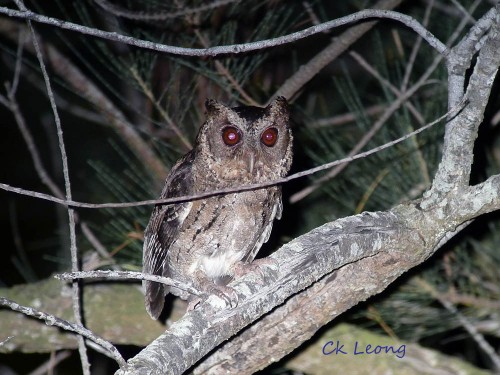
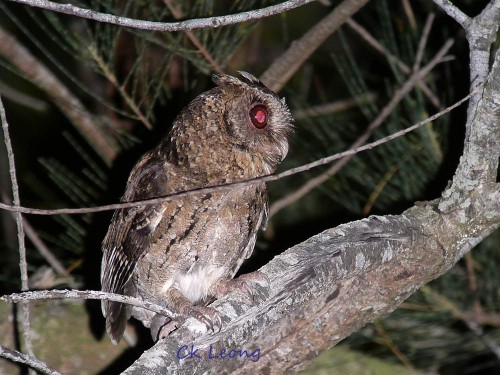
 Categories:
Categories: 
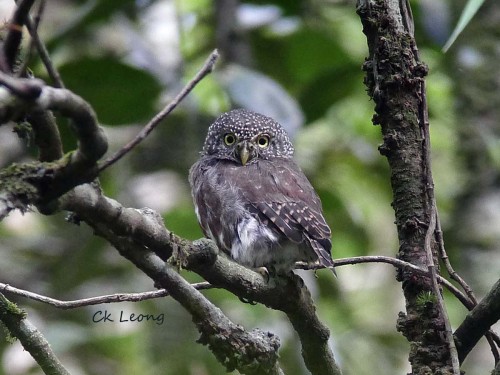
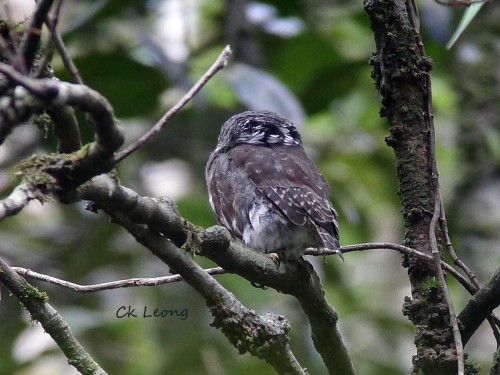
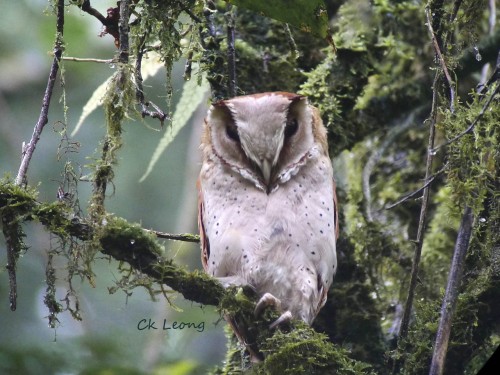
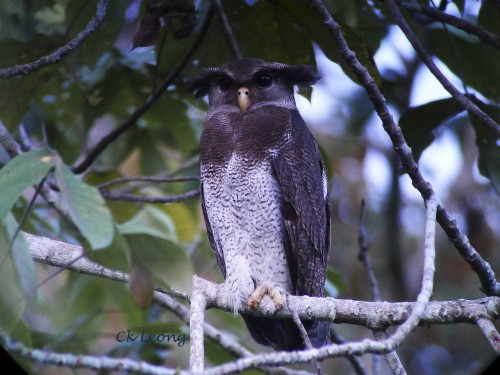
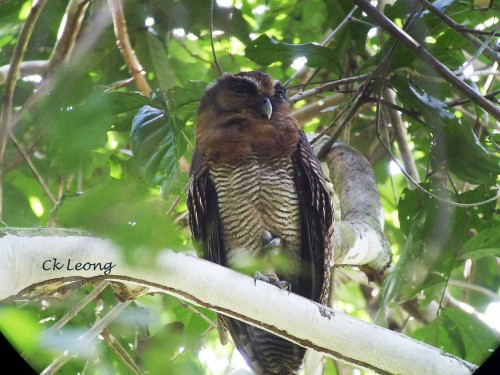
Recent Comments